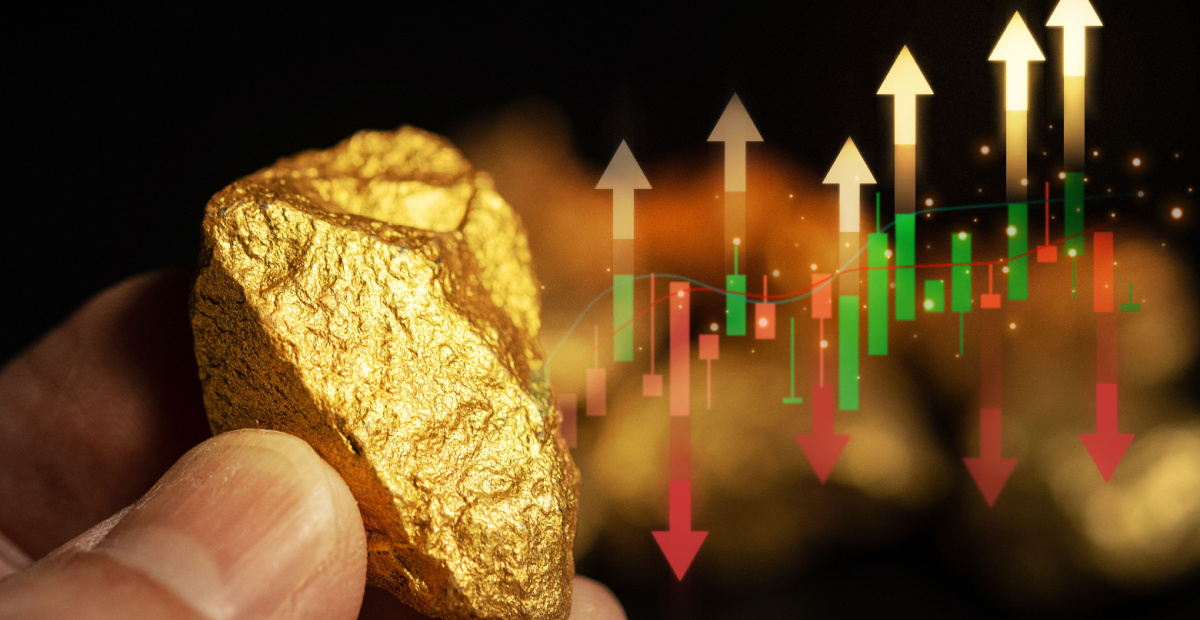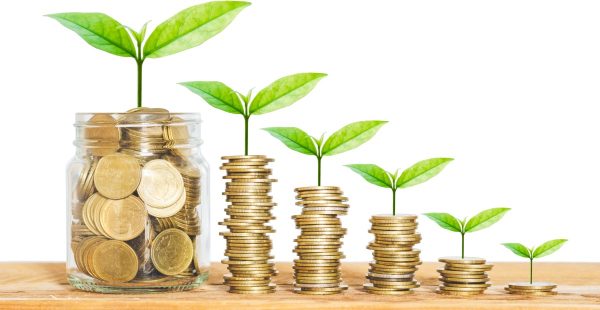Records tumble for gold in Q2, though market softness persists

Global demand and prices for gold have surged to record levels in the second quarter (Q2) of 2024, driven by continued stockpiling by central banks and a spike in over-the-counter (OTC) transactions, the latest data from the World Gold Council (WGC) has revealed.
Average gold prices hit US$2,338/oz (AU$3,567/oz) in Q2, a year-on-year increase of 18%, and hit a historical peak of US$2,427/oz (AU$3,702/oz) during the quarter.
Overall global demand for gold also increased by 4% year-on-year to 1,258t, marking the strongest Q2 ever recorded by the WGC.
Demand, however, was uneven, being largely propped up by a healthy trade in OTC transactions, up 53% year-on-year to reach 329t.
This booming OTC market (referring to transactions that take place directly between two parties rather than via an exchange) was driven by a growing appetite for gold from institutional and high-net-worth investors, as well as family offices which have “[turned] to gold for portfolio diversification”.
Gold demand in Q2 outside of OTC was, the data showed, down 6% year-over-year (reaching 929t), driven by a sharp decline in jewellery consumption. High gold prices were attributed to this jewellery slump, which outweighed mild gains in all other sectors.
In Australia, gold consumption fell by 25% in Q2, led by a 32% decline in jewellery demand and a 19% fall in bar and coin investment, year-on-year – echoing a sharp global decline in the demand for gold coins.
“The elevated gold price and high living costs continued to weigh on jewellery purchases while a strong local currency and tight financial conditions likely dented investment demand for gold,” the WGC said.
Nevertheless, demand from tech hardware developers (up 11%), electronics (up 14%), both of which are riding high on the AI wave, investors (up 1%) and central banks largely offset the downturn from jewellery.
Despite a slight slowdown from the previous quarter, central bank net gold buying was up 6% year-over-year, reaching 184t. This, the WGC explained, was driven “by the need for portfolio protection and diversification in a complex economic and geopolitical environment”. Gold-backed ETFs, while also down by 7.2% in Q2 year-over-year, with minor outflows of 7t during the quarter – appear to have largely stemmed the bleeding from Q1 losses of 113t.
Total gold supply rose 4% year-on-year, with mine production increasing to 929t. Recycled gold volumes increased by 4% compared to the same quarter in 2023, marking the highest second quarter since 2012.
Australian gold production, however, is estimated to have fallen 9% year over year, continuing a now multi-year decline attributed to increased costs and declining margins.
Louise Street, senior markets analyst at the QGC, noted that gold is likely to remain front and centre of investment strategies, with a “long-awaited rate cut from the US Fed on the horizon, which is set to deliver an increase in inflows into gold ETFs and a renewed interest from Western investors”.
A divergence in regional investment trends over the last year – with demand for bars, coins and ETFs, robust in the East, compared with a marked decline in the West – may turn around over the next quarter, with Western ETF investment flows already beginning to bounce back.
Street added: “A sustained revival of investment from this group could change demand dynamics in the second half of 2024. In India, the recently announced import duty cut should create positive conditions for gold demand, where high prices have hampered consumer buying.”
She concluded: “While there are potential headwinds for gold ahead, there are also changes taking place in the global market that should support and elevate gold demand.”











So someone in India who isn't licensed provided personalised financial advice and ASIC's response is to tell them to be…
Seeking Regulatory relief from Regulation. Industry Super Funds want to control $1.6 Trillion $$$ and ever growing with almost zero…
If Kalkine has officially been released and operates under a legitimate license to provide general advice, it raises an important…
Not sure what they're seeking regulatory relief from. In my view is they get tickled with a warm lettuce leaf…
Will they ever be named & shamed, fined and banned for life ??? Unlikely hey ASIC & APRA, especially for…